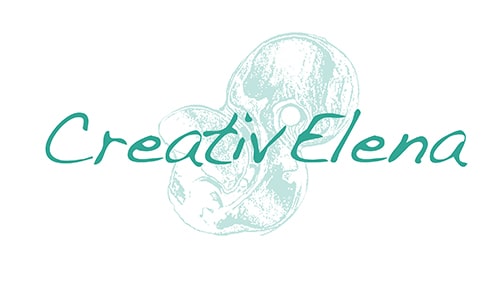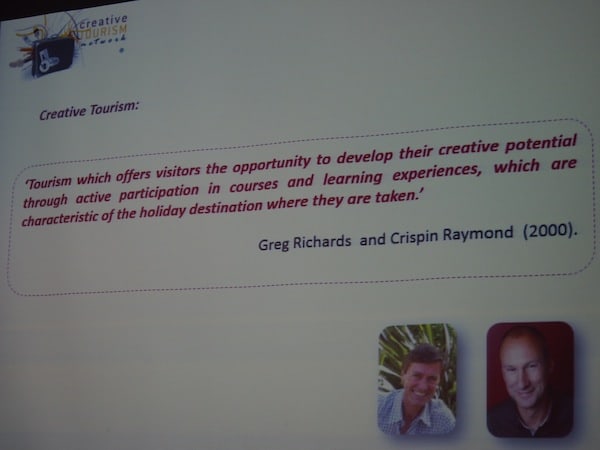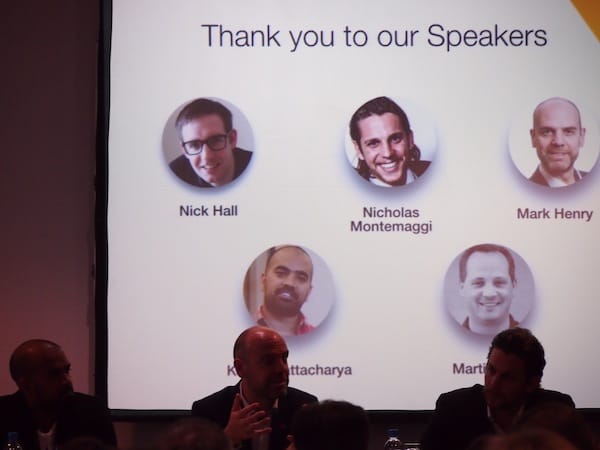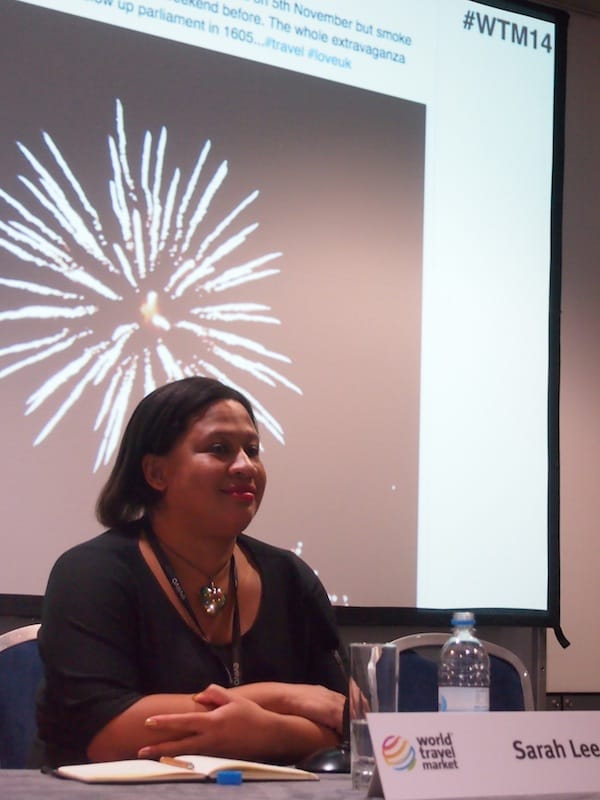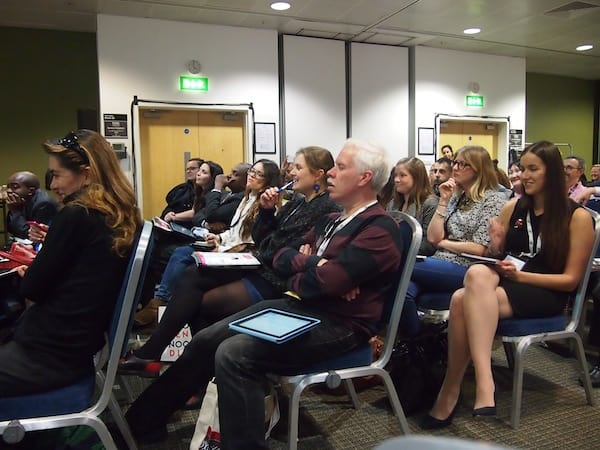“Welcome to London, Elena! How are you?” – “Perfect actually! I am starting a round the world trip here today researching creative travel around the globe for publishing my first book about the subject in 2015!” – “What?!”
Share your passion. Travel often. Inspire others. I beam at the many familiar faces & new people I meet here at my second edition of the London World Travel Market #WTM2014. It is not often that you get to share such exciting plans as life travel dreams & book publishing projects with the world. Now, however, I feel that the time has come. And what better place to start celebrating the excitement and joy than by meeting & networking with lots of like-minded travellers & tourism professionals at one of the world’s largest travel trade shows?! So let me seize this opportunity and give you a rundown of the most important conclusions I have gathered ahead of starting my own world travel adventure.
#CreativElenaRTW: Round The World Travel Research Opportunities in London
“Inspired by Iceland”. “Visit Florida”. “Welcome to Chile” … Visiting the London World Travel Market as an international travel writer, the opportunities to network, talk with and pitch for support to relevant stakeholders in the travel industry from all over the globe are almost endless. The interest is there everywhere I go, and it certainly helps if you are focused and know exactly what you can bring to the table in terms of a mutually beneficial business relationship. Besides, it is an interesting opportunity to catch up with fellow travel writers and colleagues in PR, communication and tourism marketing, as well as listening to inspirational sessions on digital storytelling, video blogging & destination marketing.
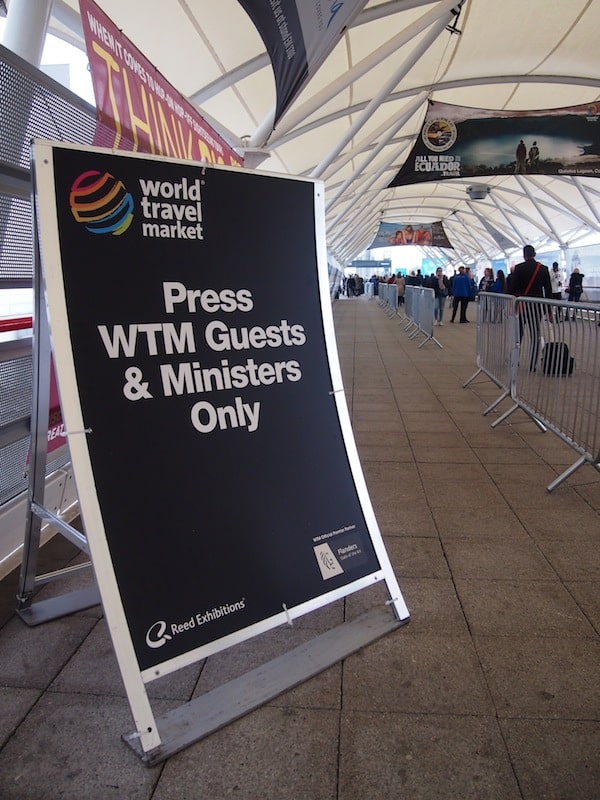
Off we go for one more round: Starting the #WTM2014 World Travel Market experience in style – as “member of the press”!
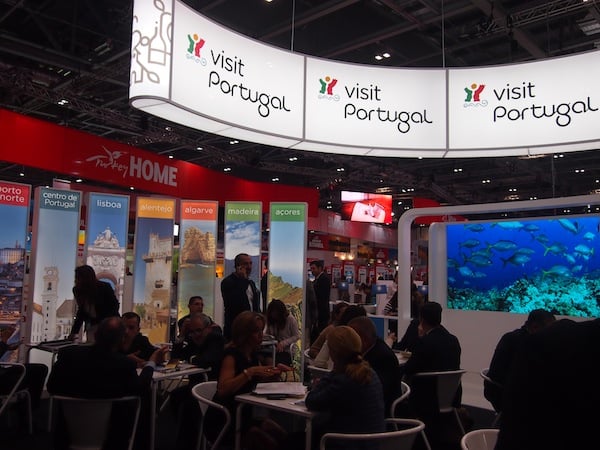
One of the first “destinations” I visit here … Portugal, of course. 😉
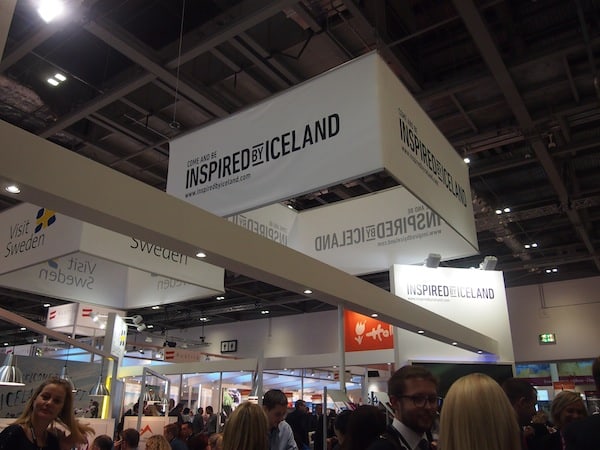
Soon, I am off to Iceland too, arranging for a meeting with a lady named Kristjana of the country’s tourism & Creative Industries network. Can’t wait to go !!
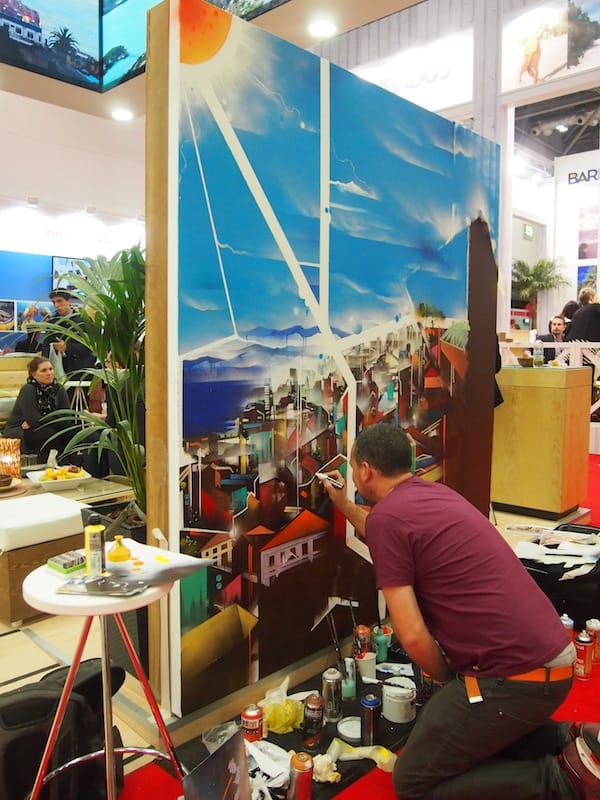
“Visiting Chile”, I find this London street artist inspired by a painting of the city of Valparaíso …
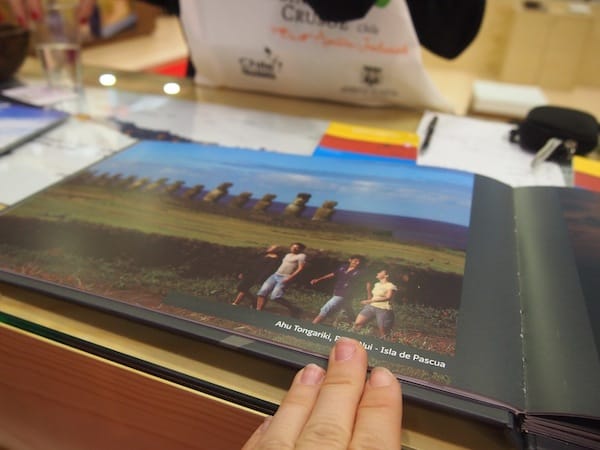
… Easter Island, too, is on my list for this year’s round the world trip, getting my contacts for arranging culture and nature-based activities on this mysterious, far-flung Pacific island …
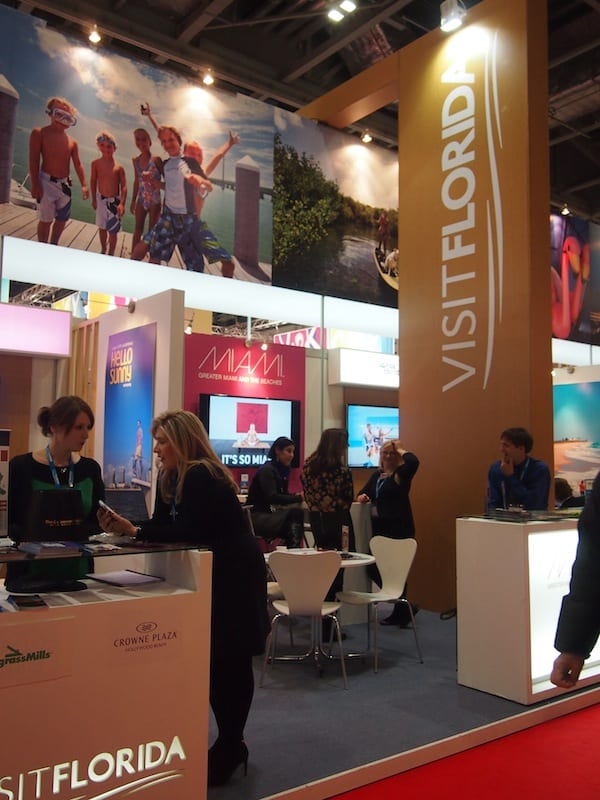
… while being suggested more creative culture activities in “Miami” as I talk to the team of Visit Florida.
Creative Tourism in Focus: Caroline Couret, director of the International Creative Tourism Network, speaks to us about the growing demand for this interactive type of culture travel.
Among all presentations, the one I have been looking forward to the most is my dear friend’s & colleague’s speech on the virtues of creative tourism, a field of culture tourism I have been involved with both professionally and as a traveller for so many years now. So what exactly is creative tourism? On my travel blog, I provide inspiration & answers to this question in the most diverse ranges possible, from trying your hands at pottery in the Algarve to learning how to dance the Tango in Buenos Aires and all the way to creative experiences of my own local (mountain & foodie) culture back home in Austria! In her speech, Caroline Couret mentions that “tourists … have become (savvy) travellers, imposing their demand for creativity upon the traditional top-down approach to tourism development. Creative tourism is all about being bottom-up, resulting in a so-called co-creation of the visitor experience by both locals and visitors.”
Creative tourism, she goes on to argue, creates new stories and emotions. Under the “small is beautiful” paradigm, creative travellers look for simple, but authentic activities to do while travelling. Creative tourism also leverages off the trend for DIY (Do It Yourself): Many people are as much interested in being active on their holidays as they are during their free time back home. And lots of people want to repeat what they have experienced on a trip, for them to feel a bit more local whenever they travel.
“Creative travel, for instance taking part in a mosaic workshop … is a very singular experience that allows visitors to experience and understand the ancient crafts and techniques of masters like Gaudí, Picasso, Dalí or Miró. It is a unique experience. The creative destination Biot, for instance, has adopted creative tourism as a means to help fight seasonality patterns in their destination in the south of France, ‘recycling’ the potential of all the artists and creative craftspeople in this French village near the Mediterranean Sea, from bread-baking, to culture classes, to painting or glass-making.”
Caroline goes on to say that creative travel furthermore uses existing resources, as shown by the example of Ibiza. On this Mediterranean Island, you can learn how to create your own sandals, join a cookery class or learn how to become a DJ mixing your own music as part of the island’s vibrant music & nightclub scene! I must definitely try that one day. 🙂 Creative Paris, on the other hand,allows you to explore the world city of Paris in a unique and fresh way, such as by baking your own croissants, joining a photography walk or cooking with a famous chef. “Ponle Cara Al Turismo in Galicia“, a creative tourism destination I have been fortunate enough to visit already, has been designed to present the perhaps less-known countryside attractions of the area around Vigo, in Galicia, involving yourself in the daily life of a local village which is an exceptional, sought-after experience, especially to overseas visitors. Sant Feliu de Guíxols in Costa Brava, close to France, has diversified their offer away from a mere sunshine & beach promise to now proposing a wide range of interactive culture workshops, such as learning how to salt fish, going out to fish with the local fishermen, taking part in cooking lessons, and even workshops learning how to sing traditional fishermen songs! Last but not least, Barcelona Creative Tourism, the world’s first creative tourism network to become professionally established, allows visitors to discover the richness of the local culture and to fight an otherwise saturated image of the city. This goes all the way from Rumba Catalana workshops, to cooking classes, photography walks, and even providing personalised contacts for local tour operators wishing to meet Barcelona artists or organise music concerts in great venues with large audiences.
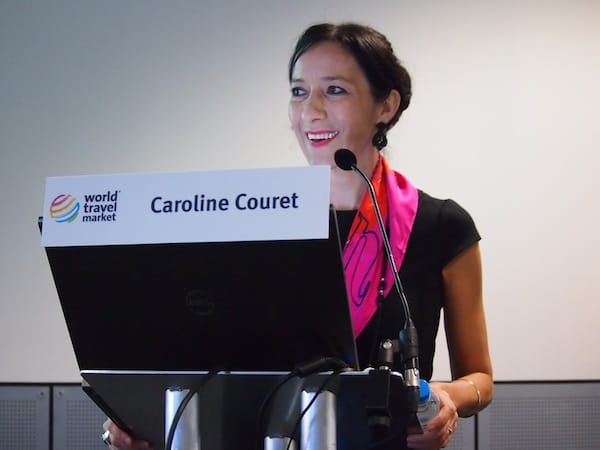
Dear Caroline Couret presenting Creative Tourism as an international travel trend at the London World Travel Market!
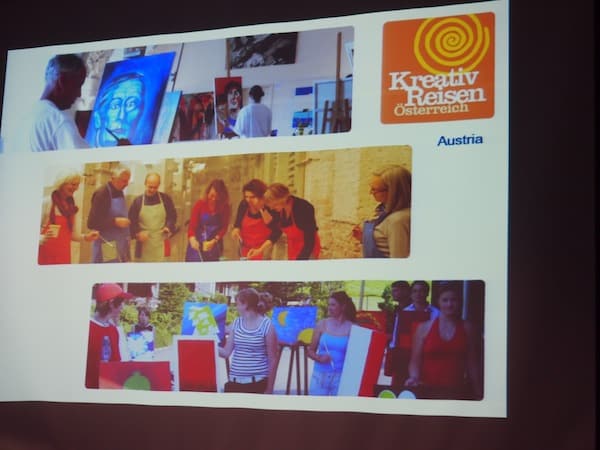
… with places and brands adopting the concept, such as my own home country Austria …
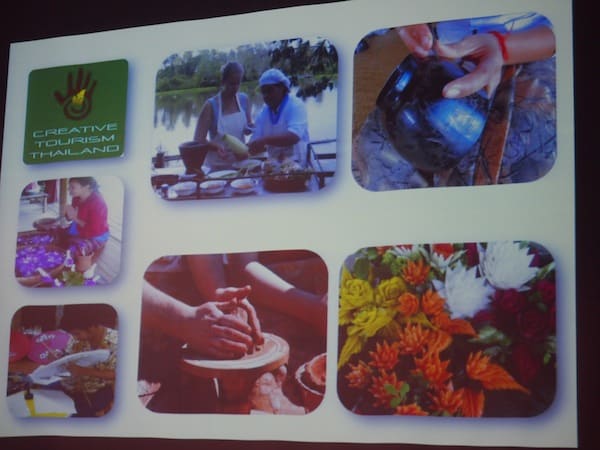
… from well-established tourist destinations such as Thailand, wishing to promote different aspects of tourism to the country …
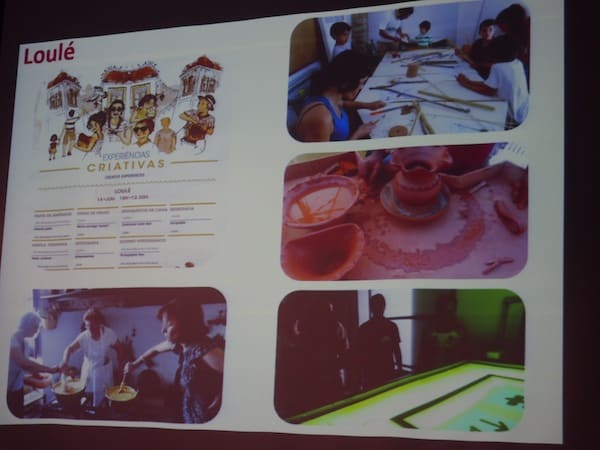
… all the way to creative travel being seen as a chance to rescue and revive disappearing art forms in the interior of Southern Portugal’s Algarve region …
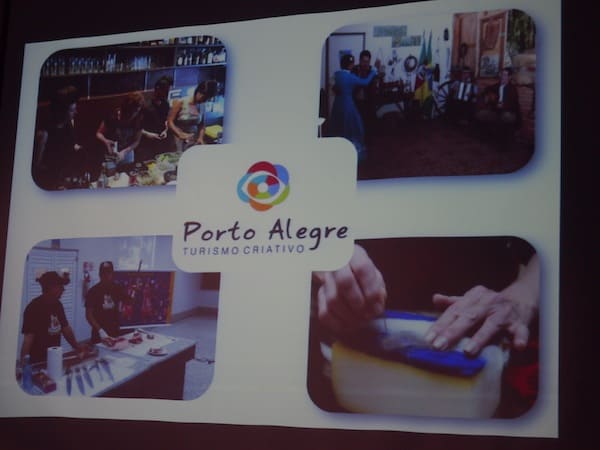
… and finally Brazil, whose first ever creative travel destination Porto Alegre focuses on sharing the local Gaucho culture through dance lessons, learning how to make typical Churrasco Barbecue, to creating synergies with the city’s existing MICE & health tourism activities! I have yet to visit and experience this exciting destination as part of my upcoming round the world trip!
“There is no single model or perspective on creative tourism, its concept being rather flexible in its adaptation to local contexts.” (Greg Richards, 2012).
With creative tourism, you start feeling like a local, have a unique sense of belonging as a “temporary citizen”, and a much deeper experience of lots more related niche forms of special-interest travel, such as food tourism, eco-tourism or slow tourism. Once more, Caroline Couret makes a point of summarising the assets of creative tourism in her speech at the London World Travel Market. Creative tourism means …
- … the diversification of existing travel resources without (too much) of an investment, optimising tangible and intangible heritage as well as infrastructure to suit and accommodate creative travellers
- … a better profitability of the existing cultural infrastructure in any given destination
- … a form of quality tourism with high added value and purchasing power: “Savvy ‘prosumers’ (professional consumers who engage and appreciate) are what we want & welcome!”
- … a longer average time of stay, establishing emotional ties with a destination, bringing your friends & family and becoming an advocate and ambassador for a certain destination or type of travel
- … authenticity & sustainability, with creativity being the main resource used for travel, which in turn results in a positive effect on the self-confidence and pride of the local people, all the way to intangible heritage recovery
- … a “de-seasonalising” character, resulting in a better distribution of activities offered throughout the year
- … geographical outsourcing: The interest of creative tourists to visit traditional “mass tourism attractions” is relatively minor compared to those of the general travelling population, resulting in better spatial distribution of travellers within a given destination.
Most destinations now develop their own, unique models of creative tourism. So who are so-called creative travellers? Guiding principles for this type of visitors include a desire for education, co-creation, and representation. Each time, more and more “conventional” tourists are willing to include and “test” participatory activities during their trip, allowing creative tourism to grow as a concept and established form of interactive culture travel. Thank you so much for this interesting presentation here at London World Travel Market, dear Caroline! I look forward to visiting you & Barcelona Creative Tourism again soon!
Storytelling Sessions: Key Conclusions from #WTM2014 on best practices in digital media marketing & blogger relations
I am proud to say that this series of presentations feeds you the accumulated wisdom of some of the best speakers and presenters in the present-day travel blogging & international tourism marketing world. Nicholas Montemaggi, for instance, has made a name for himself and his “BlogVille” project far across the borders of the Emilia Romagna region in Italy, where it is located. Over the course of three years, him and his team have hosted 150+ bloggers, resulting in almost 1.000 articles being published about this particular destination. “We certainly look at the sustainability of this project, reusing the content created to continue sharing and engaging our readers, as well as by publishing a book & ebook as a result of all the stories created. Consider that the online world still has an offline counterpart, and harvest this influence for your developing your business”, is one of the conclusions he gives in his talk.
His colleague Kash Bhattacharya (@BudgetTraveller) represents the #WTM2014 #DTTT Digital Tourism Think Tank and mentions that “… visual storytelling, such as through Instagram or videos, has evolved to a degree that … the chance for professional bloggers to find unique angles and ways to present stories has become almost endless.”
So what are the stories left to tell? “With the #MustLoveFestivals storytelling project, we went in search of some of the lesser-known European festivals in countries such as Slovenia, Austria, Germany or Malta. Altogether, 16 bloggers went to 50+ festivals working with nine different DMOs & tourism boards, involving writers, filmmakers and photographers. To this date, some 86 articles have already been published, with 40 more about to go live on the Expedia travel blog, the campaign’s partnering organisation. The website MustLoveFestivals.com so far has totalled 145.000 page views and 75.000 unique visitors. Social networks using realtime storytelling through Twitter, Facebook, Instagram etc. during the campaign have generated 45.7 million impressions across the whole world for #MustLoveFestivals!”
“The best way to work with bloggers is to give them the complete emotional freedom to explore a particular destination. With attention spans ever decreasing across all media channels, content needs to be really good and really relevant to reach its audience.” (Kash Bhattacharya, The Budget Traveller, #WTM2014 London World Travel Market).
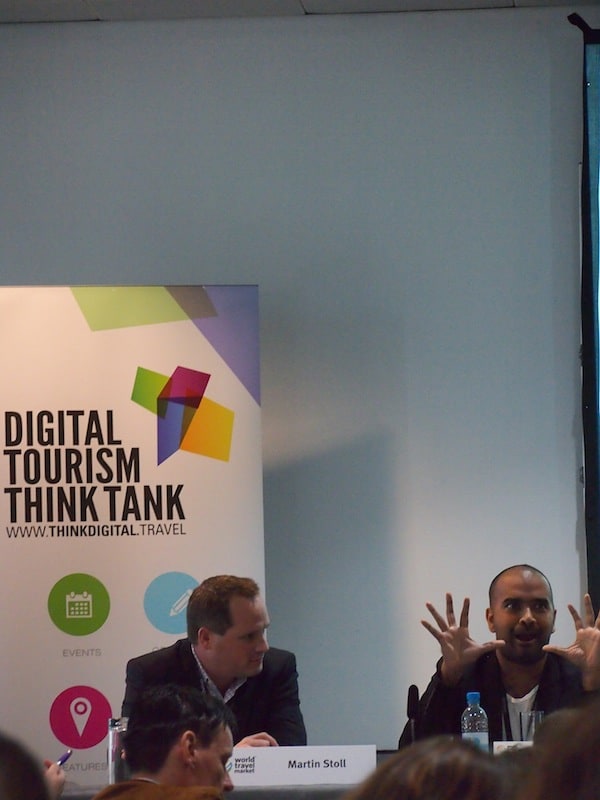
We all love listening to experienced travel writer and digital media consultant Kash splash out his beautiful pearls of wisdom!
Challenged with the growing importance of (moderated) user-generated content, Kash goes on to stress that “… there will always be room for expert travel content, bringing in the unique knowledge, passion, and storytelling skills of experienced travel writers. Destinations overlook the chance to activate visitors to tell a story. The blogger industry is maturing. The key watchword in this context is trust. We travel the way travellers travel. Tourism boards such as the Emilia Romagna, Tourism Ireland or the Austrian National Tourist Board understand that. Working with bloggers, you have to allow for the freedom to build an emotional relationship with a destination. Otherwise, you are just copying the marketing language of the destination. And this shift, I believe, we have achieved through projects such as #MustLoveFestivals.”
“Giving trust and freedom to the bloggers you work with, you also reduce the risk of negative impacts. You can read it in the story. Trust is the word that connects everything here.” (Nicholas Montemaggi, BlogVille, #WTM2014 London World Travel Market).
So what is a blogger’s ability to tell a (good) story?
Bloggers have a lot of credibility and authenticity. Their desire and ability to self-publish results in the utmost form of freedom of speech possible, without the filters of editors or publishing houses. Two important issues, however, need to be considered in this: Inspiration and amplification. Professional travel bloggers should always be able to show this kind of third-party endorsement, or “shareability”, in the digital networking society. Several more buzzwords are being discussed, such as realtime storytelling, emotion, entertainment and collaboration, i.e. getting engagement from working together as a blogging community. Inspiration, too, is ever so important, translating into action among your audience. Sarah Lee, of LiveShareTravel.com, has the following to say based on her many years of experience as an online travel writer, magazine editor and UK director of the iambassador blogger cooperation: “Storytelling encapsulates everything you experience about a destination. Engage people in a story! Use descriptive, rich details, evocative words and paint the whole picture. Give me lots of colours, so I am transported and catapulted right into the story! Words such as ‘amazing’ and ‘stunning’ simply won’t do it for me, they do not really transport anyone to the destination you are writing about.!”
Martina Jamnig, of the Austrian National Tourist Board in London, adds: “If you tell a good story, the story WILL get shared. When we select bloggers and online travel writers to work with, we always look at the shareability of their content: The most important thing for us is how much the content gets shared and distributed across a whole range of (social) media. It is important to measure how (and whether) readers interact with the author.” Shareability should also be considered over time, in consistency with all other activities the blogger does online. Fighting “against a huge amount of noise” online, it is important to “entice and deliver” during the first few seconds of the communication. Demonstrating the level of engagement and interaction is important, too, i.e. by showcasing or highlighting comments of readers being inspired to “travel all the way to the Cook Islands because of a blog post” – or making them want to go to Porto after having written a heartfelt story about the city, as a recent example in the German language edition of this post of mine shows.! 😉
Proper planning prevents poor performance!
Bloggers are under pressure to combine everything at once, and to publish while still on the trip. On the other hand, developing really good content, either written or multimedia, simply takes time, so clarifying details with the organising partner of a trip, such as schedule and focus, is primordial for the successful outcome of any particular blogger cooperation. Be focused on what you want. Don’t fall into the trap of wanting to show everything. “Themed routes” and niches such as food or wine can help establish focus.
Should bloggers be paid for the content they create?
“If you as a blogger are charging, then you need to reveal that to the general public, as that is essentially an advertorial. The founding principles of blogging have all been about honesty, transparency and openness in the business of self-publishing.” Sarah Lee emphasizes: “Words are our currency! Increasingly, we see bloggers getting paid and taken serious, which is something we are working hard for and are delighted about. The budget for paying bloggers usually comes from campaigns working together with several bloggers, as there is as of yet no dedicated social media budget to pay for the individual hosting of bloggers. It still is a challenge for tourism board to pay bloggers. But we are publishers, not just journalists – we have means to reach audiences. I suggest simply turning the situation around saying, ‘This is what we want. Can we put a proposal together?’ At the end of the day, once more it just comes down to good business practices and negotiation skills.”
One of the main challenges is that the trade still does not know the value of a blogger.
At some point, we need to start educating tourism boards and tour operators to separate the good from the bad, as our recent session at the #cczk14 Castle Camp in Kaprun, Salzburg, has once again shown. “If you show the worth of your work, such as statistics on views coupled with interaction from your audience, and compare that to traditional media worth, then you find that bloggers are worth a lot! Use this knowledge in your negotiation with partners”, is Martina Jamnig’s tip for all travel bloggers listening in the audience. “As soon as you pay for something, you expect feedback. I recommend all of you to go back to the partners you work with, and ask them for feedback. Then use this and put it into your case studies for pitching future projects: It will make business partnerships for all of us much easier to negotiate as we have existing results to work on.”
Last but not least, the debate turns to the interesting field of video blogging. Cailin O’Neil presents us her example of “videos about cities & places in a minute”, besides promoting videos that are being filmed, edited and broadcast in realtime such as on Instagram or Vine.
Debbie Hindle, managing director of Four bgb, mentions that “… videos on websites are now being integrated at the point of purchase, such as in this example of Gucci. Search engines like Google engage a lot with video. And video bloggers have massively engaged audiences! Companies, too, are understanding the value of video, with more and more brands starting to broadcast themselves through their own TV channels on their websites, controlling the amount of content as well as its quality. There are still massive opportunities.”
Jodi Diamond, of Diamond PR, throws in: “As a brand, I want to see a different way of experiencing things: Video allows me to trial ideas that brands have not thought of yet. So go on and show me new ways of working for my clients, as you as video bloggers are the experts for digital content creation as well as its distribution! Working together, I want to see how you see my client. Otherwise, engaging a vlogger does not really differ from engaging a video production company. … Of course, we set certain parameters for the video bloggers we work with, like not getting drunk on assignment, etc. But basically, we let them loose on the experience. … And we show the content to all the local stakeholders involved and share and redistribute that too. Repurposing the content means amplifying the message.”
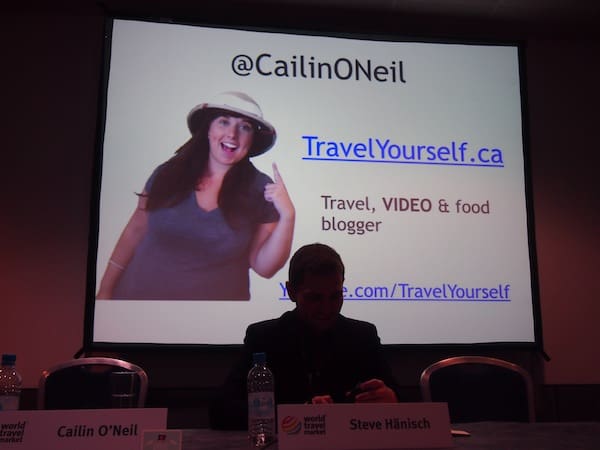
“Vlogging”, or “video blogging”: What a great way to conclude this inspiring session on digital storytelling here at #WTM2014 in London!
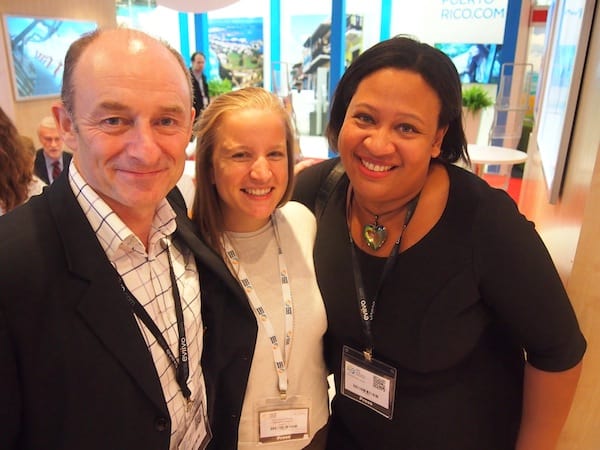
… while we are celebrating the good times networking with friends & colleagues: Happy again with dear Terry & Sarah Lee, of LiveShareTravel here in London! We usually tend to meet in Austria, though – have a look at what this looks like here.!
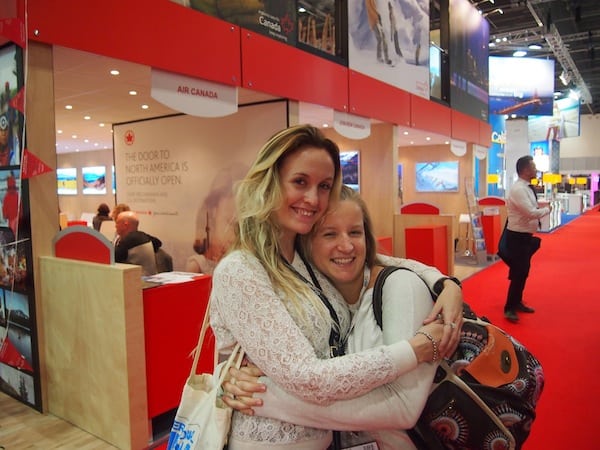
Meeting my dear Becki, of BordersOfAdventure, once more after #STSLeipzig earlier this year: The blogging lifestyle has created many a good friendship along the way of networking and sharing ideas along the way. Thank you all for your support !!!
